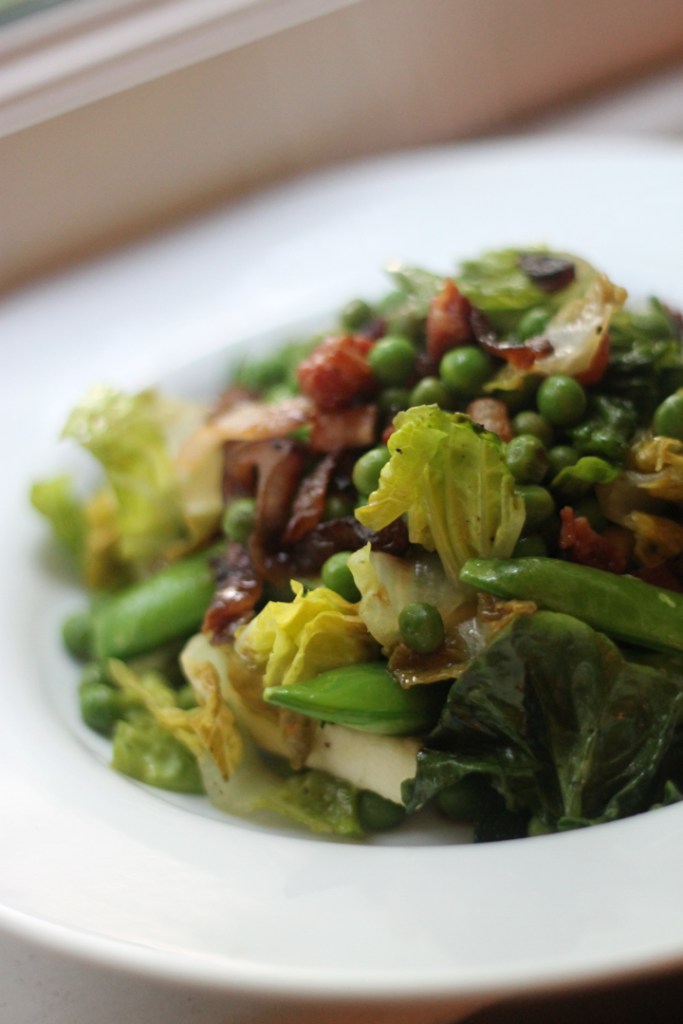I
have a growing collection of cookery books but without doubt the author I return to time and time again is my dear favourite Ottolenghi. I adore Ottolenghi’s recipes, passion, humble nature and authenticity. My style of cooking leans heavily towards the middle East with flavours and dishes that just can’t be matched. And I thank Ottolenghi for bringing these amazing recipes to us in the UK as he must without question, be crowned responsible for that.
I know many people that find his recipes intimidating, if not a bit overwhelming due to their list of foreign and exotic ingredients. Even in a time when almost all of these can be found in your local supermarket, some being perhaps a little tricker, but all still totally accessible. I however, am not and always relish the chance to gather the little gems in my pantry and spend some quality time creating such amazing flavours.
T
hat said, Ottolenghi has (surprisingly for me if I’m honest) created a new book that focus’ on ‘simple‘. Aptly named ‘Simple’. The recipes are true Otto style with flavours from the East and still with a huge range of exotic ingredients. It is however, as he quite rightly notes in the introduction, a simpler book. Shorter lists of ingredients and what I see as being an accessible introduction to Otto’s style. Saying this, if you’re new to his recipes, start here for sure before working up his list of books. Only venturing to his gorgeous edition ‘Nopi‘ when you’ve a few years under your belt (Nopi is a no-nonsense book aimed at the experienced amateur. It does not hide that these recipes are laborious, often taking days. If you’re not inclined to try this yet, you can visit Nopi and have the chefs do the work).
I’ve been sticky-taping the recipes I’m keen to cook over the next few weeks and its become apparent that I might as well have taped the ones I didn’t want to make as there are very few. What I like about this book is that its approachable and simple. But, for the amateur, there are plenty of opportunities to add extra layers, flavours and ingredients if you wish to make them more complex.
Saying that, this recipe for salmon and salsa, cleverly named ‘Bridget Jone’s pan-fried salmon with pine nut salsa’ is just lovely on its own. I have adapted it slightly but I have noted where. I also omitted the saffron as I was out!
Serves 2
- 2 salmon fillets (I used salmon steak and thought this was far more delicious)
- 50g currants/raisins
- 180g celery, diced to 1cm pieces (about 2 sticks)
- 15g pine nuts
- 20g capers, plus 1 tbsp brine
- 20g green olives, chopped
- 20g mint, chopped finely (original used parsley)
- 1 lemon
- Cover the currants with boiling water and leave for 20 mins.
- Mix the salmon with some olive oil and season well. Preheat the oven to 200.
- Put a tbsp of olive oil in a frying pan and sauté the celery and pine nuts for about 5 minutes until the nuts begin to turn golden. Remove the pan from the heat and stir in the capers, olives, brine and season. Drain the currants and add these.
- Add 1 tsp of lemon zest to the chopped mint and mix. Set aside.
- Heat a griddle plan or frying pan to a high heat. Once hot add the salmon (skin side down for fillets) to the pan and sear on one side. Quickly turn and sear on the other side. Place in the oven quickly and bake for 6-7 minutes (no more).
- When the salmon is nearly ready, add a tsp of lemon juice to the salsa. Stir and taste to check seasoning, adding more if needed.
- When the salmon is ready, remove from the oven and quickly top with the salsa. Sprinkle over the mint and lemon and serve.
NOTE: Otto uses parsley and adds this and the lemon direct to the salsa. I didn’t hear as the heat from the salsa would have wilted and ruined the lovely mint so I did this at serving. Its up to you.




















































 Serves 4
Serves 4 

